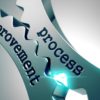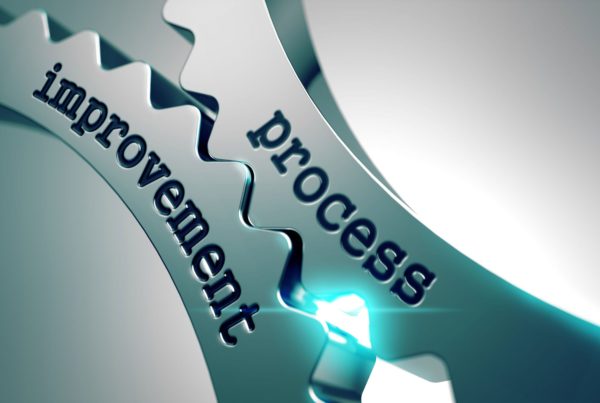Key Performance Indicators (KPIs) have been getting a lot of buzz lately and rightly so; they are an essential tool to any Lean Process Improvement journey. Many companies, however, have gone overboard with the number of KPIs that they are measuring which has led them to lose popularity with staff and management alike. I sympathize with those who are stuck collecting and reporting on the numerous meaningless numbers. The reality is that you only need four measures for each of your key processes. Four: that’s it! Before we tell you what the four measures are, there are two very important rules of thumb when selecting your KPIs.
- First and foremost, these measures need to be easy to obtain on a daily if not hourly basis. It should not take an entire department to track the KPIs for the organization. Everyone in the organization should be able to easily see how they are performing throughout the day and the week.
- The only KPIs that matter are the ones that matter to your customers! If your customer is not concerned with the measurement, neither should you.
Now on to the four measures that your customers care about:
- Service – How does your organization measure its ability to achieve its planned outcomes? Is your service reliable, is it consistent? There are several service measurements you can use such as % of Schedule Attainment or % Within Threshold. A large part of the success of the McDonalds franchise has been their ongoing ability to deliver a consistent product and experience regardless of any store a customer walks in to.
- Productivity – This is a measure of the inputs required to achieve actual output levels. Why should you care about how productive your resources are? Well this is the cost of providing your goods or services to your customer which will therefore impact the cost of those goods or services. How many goods or how much service are you able to provide with what you already have? In the call centre business, a common productivity measure is Calls Handled per Hour. What makes sense for your business?
- Speed – The time required to service your customer with your good or service. Is it in seconds, minutes, hours, days, months or years? And does it fall within your customers’ expectations? I used to get antsy while waiting for too long in the Starbucks line for my morning cup of Joe and would sometimes skip out until they reduced their cycle time (CT) with their new phone app. A speed KPI will allow you to assess whether you are within your customers’ tolerance to wait. Anything above that needs to be addressed otherwise it might be lost business.
- Quality – This is a big one not only for manufacturers but also service providers. Think of receiving a new car plagued with defects…Wait that still happens to this day and why ongoing quality measurement is ever so important. For service businesses this is a measure of a great customer experience vs. all other types of customer experience. One of my favourite quality KPI’s for services is: % Likelihood to Recommend to a Friend. Depending on the type of business you’re in, if you hit this one right, you may even be able to charge a premium for your products or services (just saying).
Remember, KPI’s are defined by your customers. Every customer is willing to pay for a certain level of service, productivity, speed and quality. If they weren’t, they wouldn’t be your customer and would go somewhere else. Make sure that your organization measures the things that are important to your customer so that you can control the process before it reaches your customer. Continually strive to improve your operations across these four areas according to the needs and wants of your customers and you’ll notice a direct impact to your bottom line.
Stay competitive.








